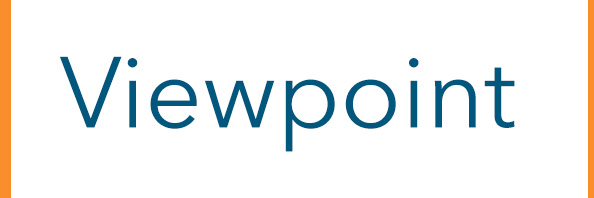The crucial first step in achieving student success in rural, low-income areas is to burst affordability and class access paradigms and get students in the door to start their education.
Many low-income parents falsely assume that a college education is impossible. All of the greatest advertising in the world will not convince these moms or dads they can afford to send their son or daughter to their local community college.

False “affordability” perceptions can only be breached by one-on-one contact. And student-centered contact that begins in high school must continue as students progress through their community college careers. That first year is crucial.
The Imperial Valley Community College District, co-recipient of the 2023 Aspen Award, is located in one of California’s lowest-income counties. Ninety-three percent of its 10,800 students are Hispanic. Most are first-generation college students. For many, higher educational attainment is just a pipe dream. That is, until they meet with Imperial Valley College (IVC) counselors at their high schools.
This excerpt is from the upcoming new issue of the Community College Journal, the bimonthly magazine of the American Association of Community Colleges.
The Aspen Foundation, in awarding Imperial first place, focused on the college’s work with both K-12 and four-year partners. IVC is in a region with some of the lowest bachelor’s degree attainment rates. Aspen noted, “Imperial Valley has created one of the nation’s most effective partnerships with local K-12 systems.”
To reach the double-digit increase in three-year graduation and transfer rates cited by Aspen, Imperial first had to recruit students and then keep them in class. It all starts when they are in high school.
Here are some lessons learned by the college.
Work with high schools
IVC has been very successful in getting high school students to apply, attend orientation and select their first-year courses before they graduate from high school. Data show 60-70% of local high school graduates enroll at the college. This early contact gets them on the right path, makes the process seamless and builds a connection with the students. Dual enrollment also is highly encouraged.
In fact, Imperial hopes in the future to ensure that all local high school students have the opportunity to take dual-enrollment courses, with a goal of each student earning 12 to 15 units before they graduate.
Build a class schedule focused on student needs
Develop a student-centric class schedule. While faculty has course scheduling input, student scheduling preferences are a priority. Students get frustrated when the class on their plan fills up and they must either take another class in its place or reduce their class load.
Trying to find another class could be difficult and result in them changing their entire education plan.
Reducing their course load could inadvertently create “long-term” part-time students as they find other things to do. Ensuring all (or most) of the first-term courses are available is the key.
There’s more! Read the full article in the upcoming August/September issue of CC Journal.





